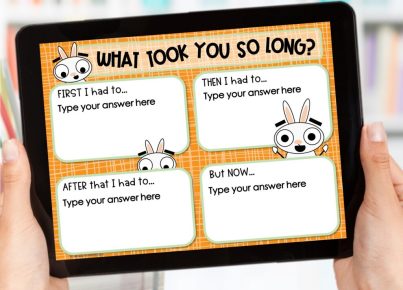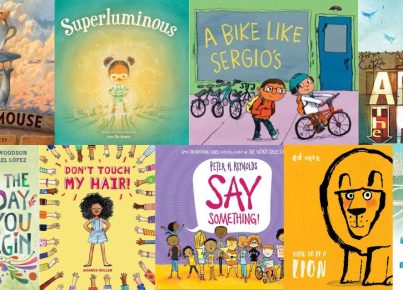Back in 2001, when I started as a teacher, the technology boom was in its nascent stage. I remember toting a large bag filled with papers home most nights and going to sleep drowning under a vast sea of student homework that needed grading. My classroom was even worse, cluttered with books, manipulatives, globes, maps, and learning stations that left little room for anything else. However, as I write this in 2018, things have changed dramatically. Today’s teachers have edtech in their corners.
Digital teaching and learning tools have streamlined education processes and provide learning experiences that stretch far beyond the materials that were available for me back in 2001. For example, the advent of learning management systems has completely turned the notion of “attending class” on its ear. Now, homeschool students can “attend school” using a service like K-12, which allows students to receive a K-12 education from the comfort of their own home or on the go. A working mom with a hectic schedule can enroll in an online degree program at her local university or at a university 5,000 miles away, and barely or never step foot on a physical university campus.
High schools use learning management systems to offer credit recovery classes online, to help students make up a course that they failed in person, which can keep them on track for graduation. They also offer unit recovery courses, which allow students to retake only the units or skills that they need to advance. For instance, a student who has demonstrated mastery of 6 out of 10 concepts in an English class doesn’t need to retake the entire course—he can focus on the four concepts that weren’t mastered in person. As you can see, the modern LMS’s has many uses and applications. If I were still in the classroom today, I’d use these apps, tools, and resources:
Google Classroom: Google Classroom is one of the leading learning management systems because it is free and compatible with all of the other Google programs. Teachers can deliver assignments, communicate with students, and help their class to stay better organized.
Blackboard: Blackboard developed learning management systems for both the K-12 sector and for higher education universities. Their unique approach enables a workflow that students can access from anywhere alongside real-time communication between teachers and students. Their goal is to create a more personalized education with access to these materials.
Submittable: This program collects and manages submissions of digital materials. It covers manuscripts, assignments, applications, portfolios, artwork, and other related documents. The software is used by leading schools and universities globally including Harvard and MIT. It collects all forms of submissions including videos, texts, and links.
LearningWare – LearningWare is a Japanese-based learning management system that uses games as a tool to improve training and learning. The platform provides users with course scheduling, sales, and communication management features. The platform integrates games into training programs to improve trainees’ engagement and retention.
Eduhappy – EduHappy is a school management system, student information system, and a learning management system. The system constructs schools from scratch, including school profiles, grades, courses, and academic calendars. The system also provides schedule management; that is, students are provided with timetables in their portal views, and teachers will also have their schedules.
ProctorTrack – ProctorTrack is designed to provide proctor services that allow students to take exams at their convenience. The tool can easily be set up by linking it to your existing learning management system.
Schoology: Similar to Blackboard, Schoology helps students and their teachers to better communicate about assignments and classroom information. There are plenty of instructional tools, mobile capabilities, and even real-time data for educators to study. Schoology’s platform is designed for both K-12 schools and universities.
Did we miss any?



